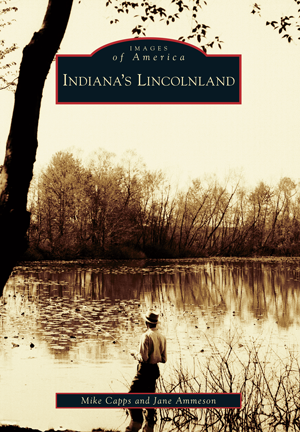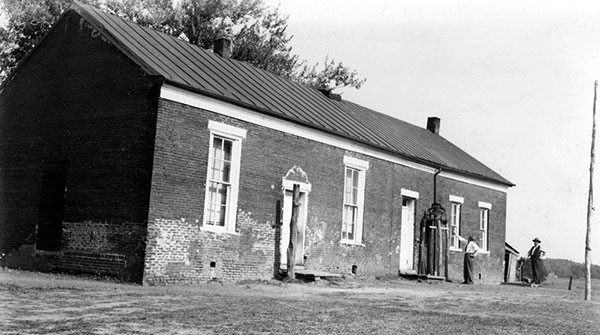
This house may be the home of a neighbor of Lincoln, Col. William Jones, after it was expanded in latter years. Jones gave young Lincoln a job transporting lumber down the Mississippi River. During the trip, Lincoln was shocked by the slave trade that he witnessed.
Abraham Lincoln lived in southern Indiana, from 1816 to 1830, during his formative years between seven and 21. Today, this area is part of Spencer County, but in Lincoln’s day was known as Little Pigeon Creek. Contemporary towns in the area include Lincoln City, Gentryville, and Dale.
Lincoln’s years in Indiana are the stuff of legend and obscurity. Lincoln’s mother Nancy died when he was nine. Lincoln was then raised by his father and stepmother, Sarah Bush Lincoln, who treated him as her own child and is a hero of the Lincoln story. Lincoln revered her. Lincoln’s sister Sarah died in childbirth when Lincoln was 19.
Lincoln had a brief, sporadic education in Indiana which in sum totaled about one year. But he developed his lifelong love of reading and he studied the law. With book to hand, he engaged in backbreaking manual labor on farms and in the field. The money he earned, by law and custom, belonged to his father until Lincoln reached the age of 21. In Indiana, Lincoln formed the ambition to make something of his life. He rejected what he saw as the dead-end life of his father, Thomas.
Little contemporaneous physical evidence survives of the harsh and undeveloped character of southern Indiana in Lincoln’s time. We can understand something of Lincoln’s environment through photos of southern Indiana subsequent to the years of Lincoln’s residence. Thus, Capps and Ammeson offer photographs of the types of roads, fields, mills, and small general stores that were found in southern Indiana for many years and that Lincoln would have known.
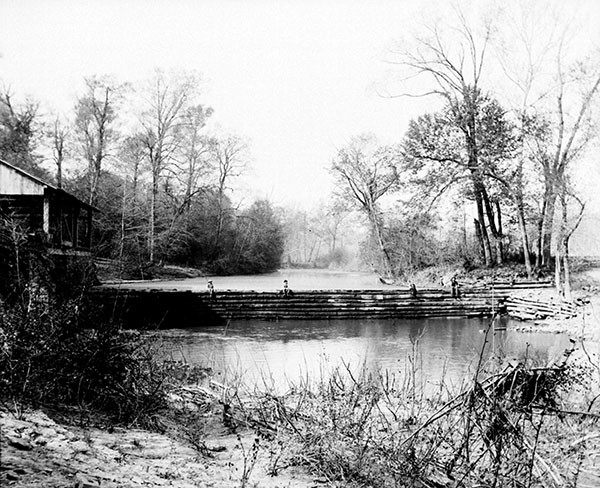
Many people in southern Indiana had reason to remember Lincoln. Many of the families that Lincoln knew have descendants that still live in the area and that are a source of Lincoln lore. In addition, Civil War Veterans from southern Indiana understandably felt a special bond with Lincoln.
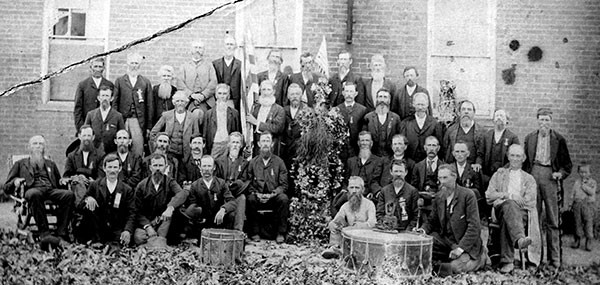
Following Lincoln’s assassination in 1865, efforts began by private citizens and by government to commemorate Lincoln’s residence in southern Indiana. These early efforts included an attempt to locate and mark the burial site of Lincoln’s mother, Nancy Hanks.
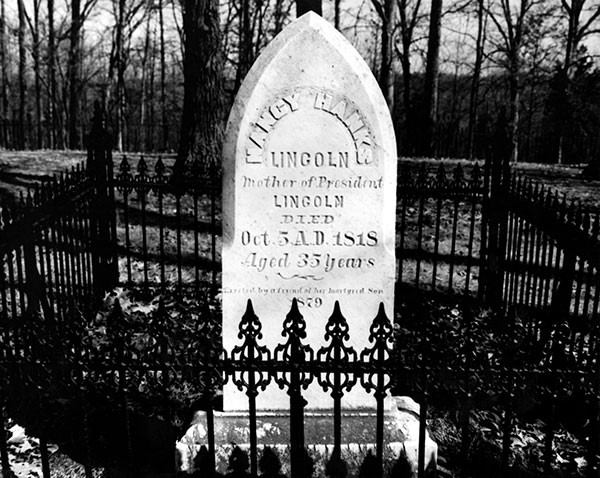
In 1962, President John F. Kennedy signed legislation establishing the Lincoln Boyhood National Memorial to be administered by the National Park Service. Prior to that time, the site had been administered by the State of Indiana. The great architect Frederick Law Olmstead helped design the Memorial Park. The local community, the State, the Federal government and the Civilian Conservation Corps all played important role in commemorating Lincoln’s life in Indiana. The National Memorial includes hiking trails, historical markers, and, beginning in 1968, the Lincoln Living Historical Farm to help visitors understand Lincoln. The State of Indiana administers its own commemorative park, the Lincoln State Park, established in 1932.
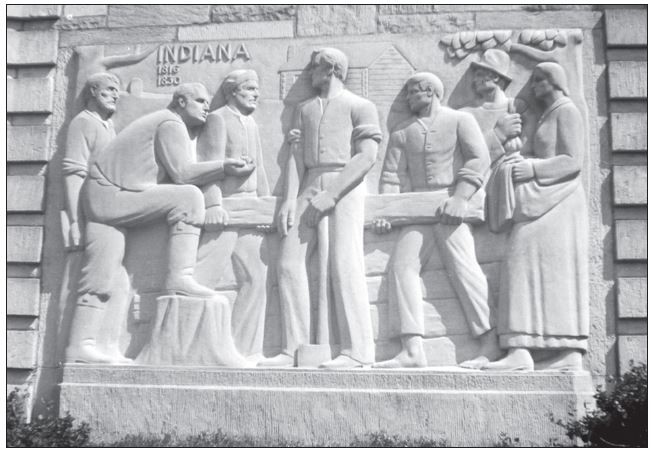
Lincoln always was reluctant to speak of his personal life. He would say of his Indiana childhood only that “here I grew up”. He returned to the area only once, in 1844, to speak on behalf of his political hero, Henry Clay. In revisiting the area at that time, he wrote the following poem which gives something of his equivocal feelings about the home of his youth. (quoted in David Donald’s “Lincoln” at 27)
“My childhood’s home I see again,
And sadden with the view:
And still, as mem’ries crowd my brain,
There’s pleasure in it too.
I range the fields with pensive tread,
And pace the hollow rooms,
And feel (companion of the dead)
I’m living in the tombs.”
On this President’s Day, it is valuable to take this brief visit to Lincoln’s boyhood home, to draw inspiration from Lincoln’s life, and to think about the strong Union he worked to preserve and the freedom and equality for all that he struggled to create.
This post was written by Robin Friedman for Indiana’s Licolnland (Arcadia Publishing)


